Kevlar 101

Kevlar is a synthetic plastic that was created to stop bullets and knives in their tracks, which makes it one of the toughest materials on the market. If we listed how many manufacturing, governmental, and structural ways Kevlar is used, we’d be here all day, so just trust us when we say it’s military-grade and has been field tested in a huge variety of applications. That includes 3D printing!
But what exactly is it?
Kevlar is part of a large family of plastics made through polymerization, all of which are built by linking together long chains of molecules. Kevlar’s are set in tightly-woven, regular parallel lines, and that’s where it gets its endurance properties.
Its scientific classification calls it a synthetic aromatic polyamide. That’s got some complicated syllables in it, but if you’ve worked in chemistry, it’s pretty easy to decipher: Basically, it’s a man-made substance of ring-like molecules that connect in long lines, which through its fibers like iron beams reinforcing a wooden door. As a bonus, its molecular structure makes it able to withstand tremendous heat (up to 900 degrees Celsius).
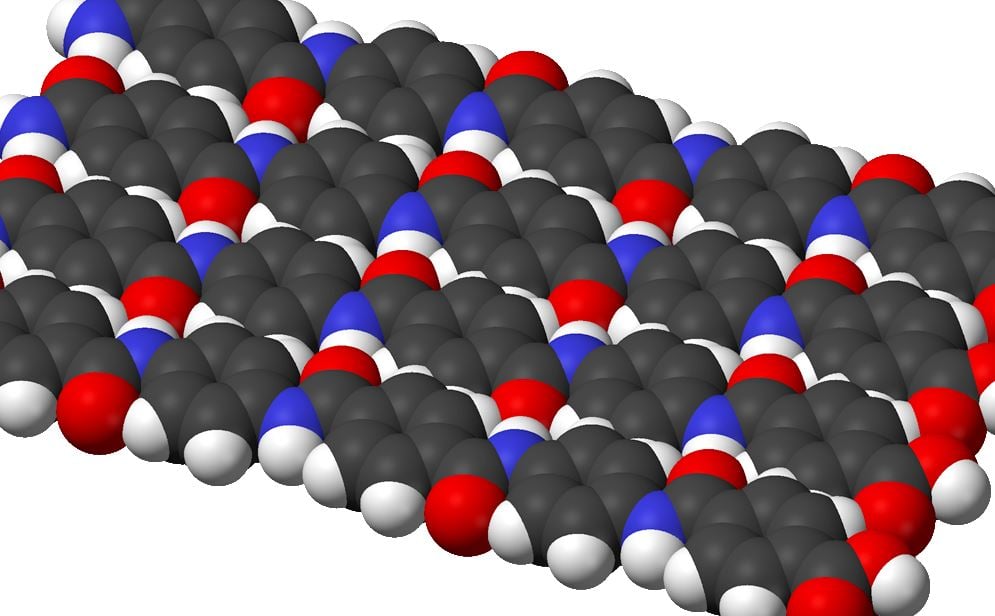
From the Laboratory to the Factory
Manufacturing Kevlar means first making the plastic itself and then spinning it into fibers. To make its polymer, a chemical with the same makeup as ammonia is combined with an organic acid, which replaces one of the hydrogen atoms in the ammonia molecules to transform them into amides. That’s what makes the long chains of molecules that give Kevlar its durable properties.
This strength makes it an obviously great choice for materials that need to be heavy duty, but also flexible and lightweight. Although we usually think of plastics as rigid shapes, Kevlar is basically a fabric. It takes heavier machinery than cotton or nylon, but Kevlar can be pulled together into objects in much the same way, with a design and manufacturing process a lot like making clothing. That’s easy to remember if you think of Kevlar’s most well-known application as the material used for bulletproof vests.
From the Factory to the Printer
A few enterprising 3D printing companies have taken the ability to spool Kevlar into thread-like fibers and applied it to their own additive manufacturing techniques. They present options to use Kevlar threads on their own or mixed in with other filaments for added tensile strength.
You can use this to print whatever 3D object you want, but keep in mind that only a few companies out there have options, so you’ll be limited to the features that are currently available. Nevertheless, keep an eye out for how this super-material evolves.
Benefits
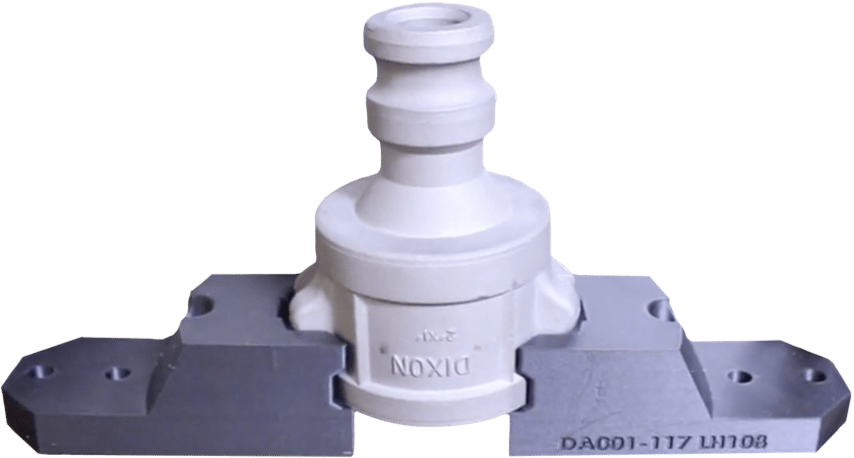
So why would you want something 3D printed in Kevlar? Besides the properties of flexible strength inherent in its makeup, Kevlar’s got a lot going for it as a 3D printing material.
- Versatility: Kevlar is useful in a million different applications, ranging from the familiar (e.g. body armor) to the unusual (e.g. wicks for fire dancing props — mixed with an accelerant, Kevlar does a great job of making sure the flames don’t go out of control). You can use it for anything you can design on your drafting program, but it really shines in objects that use its strength and flexibility to the fullest. The longer the 3D printed strands, the better the material properties.
- Cheap replacements for manufactured parts: 3D printed Kevlar’s most common use is in manufacturing. Its shock-absorbing and anti-abrasion qualities make it ideal for pieces of machinery that move against each other, and since industrial pieces come at industrial prices, 3D printed Kevlar is a great way to stay within budget while sometimes even upgrading the quality of replacement.
- Print quality: Kevlar’s long and regular molecular structure translates into a very smooth 3D print. Its layer resolution can fool both the human eye and any part that needs to sit flush on it, which is another reason it’s becoming so popular in manufacturing.
Desktop Printing
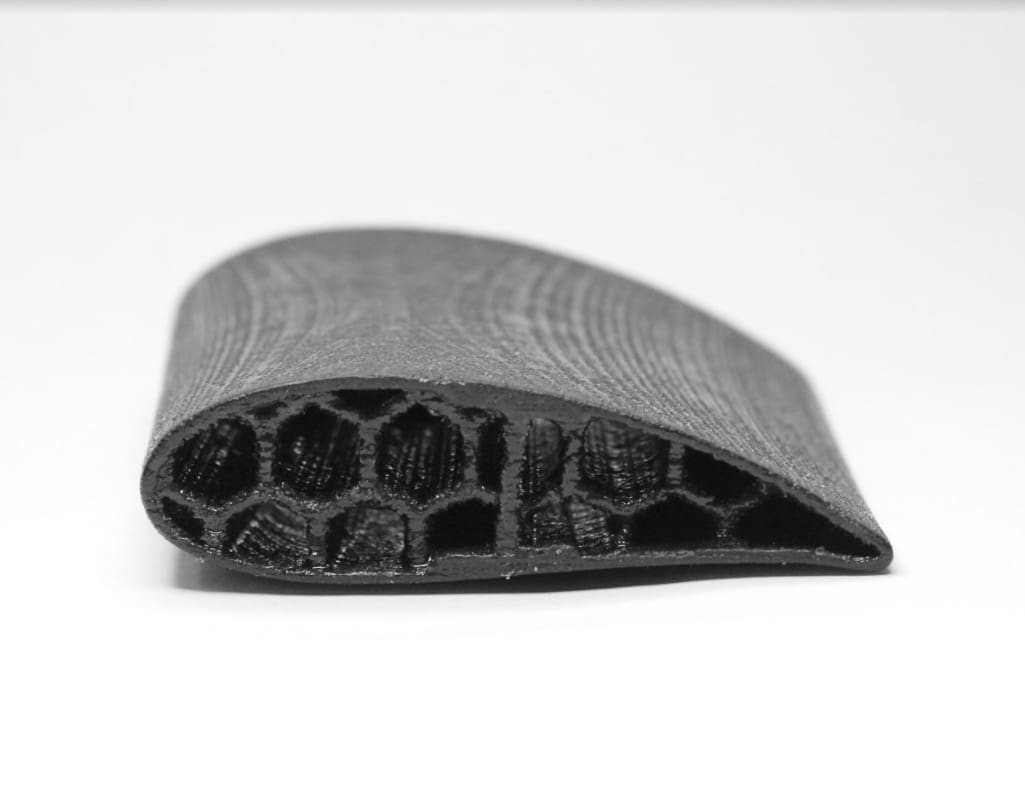
If you’re a desktop maker, don’t despair — it is possible to add Kevlar to your 3D printing repertoire. But you do have to take a few things into consideration.
- Price: 3D printing with Kevlar is expensive for individual users. If you want to use a 3D printer that was specially created to work with Kevlar or Kevlar-reinforced filaments, it’ll start at around $3,500. Meanwhile, filament spools start at $99 for 50 m, which is about five times what a spool of PLA goes for. These prices are all big bargains for large-scale manufacturers, who will eventually make a profit off of what they print, but if you’re doing this for a hobby, be aware of the buy-in costs.
- Wide printer nozzle: Kevlar is made into a composite to allow it to be 3D printed instead of woven. It’s also a filament with long, unbroken molecules, which means there’s a better chance of material getting stuck in an extruder nozzle if the Kevlar doesn’t have enough room. If your extruder isn’t 4 mm or wider, you can buy an extruder nozzle individually and add it to your machine.
- High melting point: Even mixed into other standard 3D printing materials, Kevlar takes a whole lot of heat to melt. This means you’ll have to make sure you have equipment that can go up to that point without breaking down. It also means you need to take extra safety precautions to make sure you don’t hurt yourself. Work gloves made with Kevlar itself are always a great choice to give you and your fingers peace of mind while working with such high temperatures.
- First layer adhesion: Kevlar is shock absorbent, which means it can stay steady in the face of a lot of movement, but it’s not the stickiest material to ever grace your 3D printer bed. Make sure your printer bed is grippy if you want to print with Kevlar. Err on the side of too adhesive, since Kevlar won’t show the nicks and scrapes it might take to pry off the finished object.
- Limitations: Don’t try to print your own bulletproof vest (or your own bulletproof anything). Kevlar is a super tough material that’s used to deflect ballistic trauma, that’s true, but recognize that those levels of stress tests are best left to the professionals. We won’t stop you if you want to print some sweet cosplay armor, though. Just don’t try to stop a robbery or start a war in it.
3D Printing Services
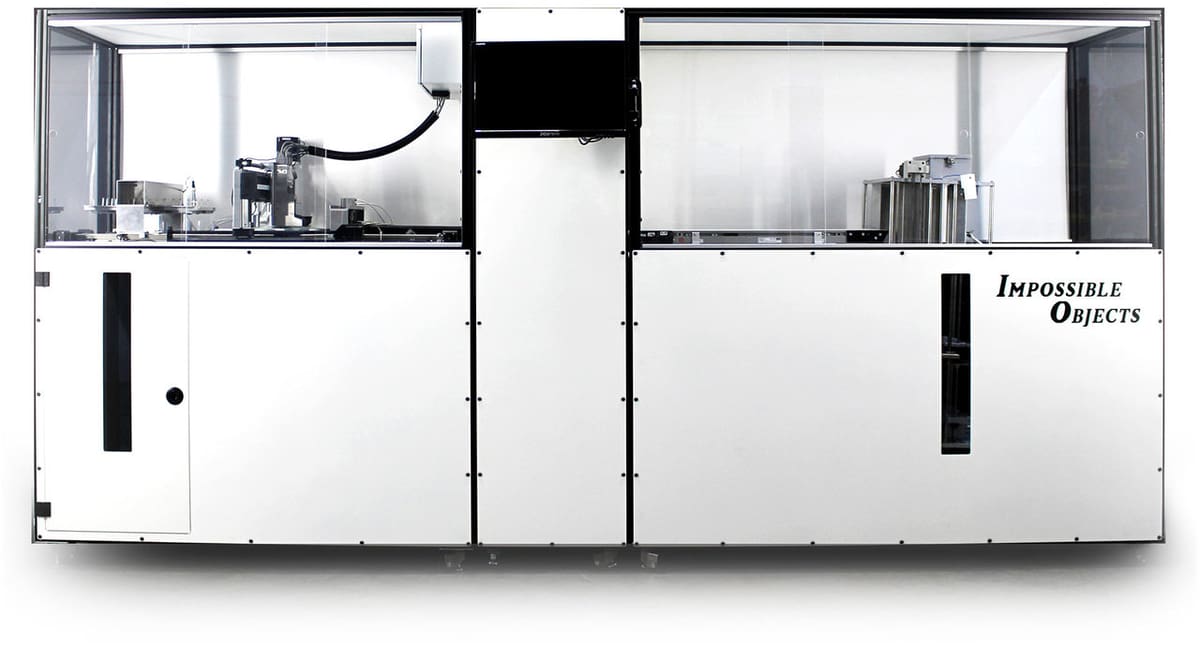
Kevlar is remarkably versatile, but still a small, specialized area of the 3D printing market. With a bit of effort, you can get into it yourself, or you can find a 3D printing service that will do it for you. That’s especially nice if you have a special project you want to 3D print in Kevlar but have limited use for it otherwise, or if you’re interested but want to see how it goes before investing time and money into something you’re not 100% sure about yet.
Either way, here are a few options:
- MarkForged: These guys are basically responsible for the ability to 3D print with Kevlar. They have two levels of 3D printers that can handle Kevlar as well as other fiber compounds, so if you’re also into carbon fiber, fiberglass, nylon, or onyx, this is your one-stop shop. They’ve got both industrial level and desktop 3D printers, plus the filaments to go with them. Since 3D printing with Kevlar came from them, they’re experts and have a great support system to boot.
- Impossible Objects: Another contender in Kevlar 3D printing hardware, Impossible Objects created a process called Composite-Based Additive Manufacturing (CBAM) together with the Lay Up Technique, which uses stacks of materials as input material instead of spooled threads. This lets Impossible Objects 3D print with composites like Kevlar at high speeds and great durability in the finished objects.
- 3D Hubs: It’s as easy as uploading your CAD file to their website, after which they’ll print your Kevlar part for you. You can tweak the details of your object to your heart’s content, at the fraction of the cost of buying and using your own equipment.
Let's Get Started!
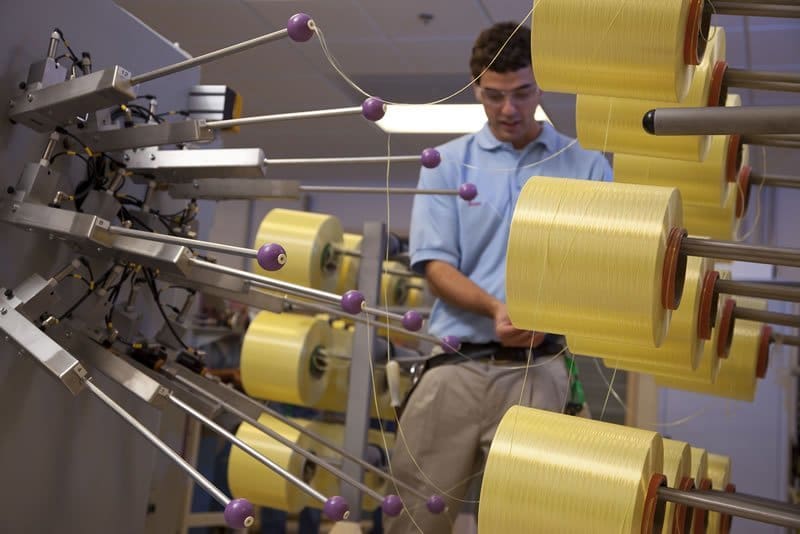
3D printing with Kevlar is a great way to add more strength and flexibility to your prints. Although you will need to have specialized equipment to do it yourself, it’s definitely worth it if you’re looking for a way to cut down on your industrial manufacturing costs or if you’re ready to fully commit to it as a desktop user. Plus, with Kevlar’s truly awesome range of versatility, the 3D printing aspect of working with it is growing rapidly to expand its reach to match its possibilities.
Feature image source: Tom’s 3D